Automobile industry development and preferential policies
 |
| Incentive programs have supported the development of domestic automobile production. Photo: Nguyen Ha |
Reduce taxes and fees
2018 was the time to implement the commitment of import tax on CBU cars in the ASEAN region to 0%, while the domestic automobile production struggled. At that time, according to the report of the Ministry of Industry and Trade, the localization rate of under nine-seat cars was only 7-10% on average; the production was at the level of simple assembly, the production line mainly consisted of only four main stages: welding, painting, assembly, and inspection.
Car prices in Vietnam were double than that of other countries in the region and the quality of locally-assembled and manufactured cars was not as high as imported models.
Obviously, without the State’s support policies, it is difficult for domestic production to compete with imported products. Thus, the Government issued Decree 125/2017/ND-CP (from November 2017 to the end of 2022) and Decree 57/2020/ND-CP (May 2020) on the implementation of tax incentive programs for automobile production and assembly. Accordingly, enterprises meeting the conditions set out in the incentive program are entitled to the preferential import tax rate of 0% for imported auto parts that cannot be produced domestically.
Additionally, to support domestic automobile production, at the end of June 2020, the Prime Minister signed Decree 70/ND-CP to reduce registration fee for domestically manufactured and assembled cars by 50%, effective from June 28 to December 31, 2020.
The 2018-2022 period has not yet ended, so it is impossible to have specific statistics on the amount of tax reduced by the State due to the import tax on auto parts to 0%. However, from June 28 to December 31, 2020, thanks to the policy of the reduction in registration fee, the state budget revenue has been reduced by about VND3,700 billion.
| Mr. Andrea Caravallo, Production Manager of the International Markets Area (Ford Corporation): Unless the import tax on components is exempt for the next five years of the product life cycle, the company could not come up with a business plan to get the Group's approval for the localization of these new models at the Hai Duong Factory. The high minimum production level, especially for cars under nine-seats, inadvertently excluded Ford from enjoying this incentive and prevented the company from expanding its localization plan for passenger cars in Vietnam. Ford proposed to extend and reduce the minimum output threshold under the preferential import tax program for car components under Decree 57. H.P (record) Economist Prof. Dr. Dinh Trong Thinh: In fact, the State has offered many mechanisms and policies to give priority to the automobile industry, but before that, this industry had not been able to develop for a long time. This was due to the lack of flagships to create demand for the growth of the auto industry. Recently, when a number of enterprises such as Thaco and Vinfast have produced fully-designed cars in Vietnam, our automobile manufacturing industry is gradually developing. In a short period, the automobile industry has not been able to develop strongly as desired by leading enterprises. To develop the auto industry, it is necessary to continuously implement preferential policies for importing parts and accessories, and then gradually develop automobile production lines in Vietnam. Therefore, the proposal to continue implementing the 0% component tax incentive after 2022 is necessary and suitable with the situation in Vietnam. I think that this tax incentive should last for at least the next five years so that the auto industry enterprises can produce stably. In my opinion, in addition to continuously implementing the 0% component tax incentive for the auto industry, the Finance and Tax sectors should add more support and incentives (without violating international commitments) to strengthen domestic production. Moreover, management agencies and the State Bank need to facilitate businesses in borrowing capital to invest in production projects, building factories, developing supporting industries, or supporting industries for the automobile industry. X.Thao (record) |
The effect is not equivalent
Frankly, despite many preferential policies, the auto industry still has many limitations.
According to the Ministry of Finance, Vietnam's auto industry just participates in the low segment of the automotive value chain; heavily dependent on the production division of global automobile corporations, and has not yet mastered core technologies such as engines, control systems, and motion.
Vietnam’s automobile manufacturing and assembly industry has not met the criteria of the real automobile manufacturing industry; has not yet created cooperation, association and specialization between enterprises in manufacturing, assembly, and producing spare parts and components; and has not yet established a system of material suppliers and large-scale component manufacturers.
Another goal that has not been achieved is to increase the localization rate, especially for under nine-seat cars.
In fact, the increase in localization rate has only been achieved in buses and trucks (Thaco bus had a localization rate of 60%; trucks reached 35-40%; TMT trucks reached 22.6%). The localization rate of under nine-seat cars has been low (except for Thaco with an average of 25%, some its models reached 40%, other car models were lower).
In particular, despite the support of the State's policies, the sales price has been high compared to other countries in the region. Therefore, the goal of improving competitiveness and reducing imports has not been achieved as expected.
As of July 15, automobile import turnover reached more than US$2 billion (up 107.7% over the same period last year).
According to the latest assessment from the Ministry of Industry and Trade, market capacity and price difference between domestically produced cars and imported cars are the two biggest bottlenecks and challenges facing Vietnam's auto industry.
The size of Vietnam's auto market is only a third of Thailand's and a quarter of Indonesia's. Vietnam’s auto market is small and scattered with many assemblers and models, which makes it difficult for manufacturing companies (including both manufacturing and assembling cars and manufacturing spare parts) to invest and develop mass production.
This has been a bottleneck for many years. Thus, one of the conditions to participate in the incentive program is that enterprises must ensure production conditions (general and specific). However, these conditions were not fulfilled as expected.
Keep looking forward to preferential policies
With only a short time left until the end of the five-year period of the tax incentive program (according to Decree 125/2017/ND-CP and Decree 57/2020/ND-CP), along with many inadequacies and limitations, the domestic automobile manufacturing industry continues to face stiff competition from imported products (from ASEAN countries such as Thailand and Indonesia) from the member countries of the CPTPP and EVFTA in the next 7-10 years.
Many proposals will be made to support domestic production; however, it mainly depends on policy incentives.
The Ministry of Finance is consulting ministries and sectors on continuing to implement the incentive program for the next period after 2022.
Agreeing with the proposal to extend the incentive program, in addition to market-building and development solutions, the Ministry of Industry and Trade also proposed to amend and supplement regulations on excise tax in the direction of applying preferential policies on excise tax for cars with conditions to encourage businesses to improve production output, increasing domestic added value.
Discussing this issue, economic expert Nguyen Minh Phong said the preferential tax policy for automobile production and assembly has basically promoted the development of the domestic automobile industry, helping its market to grow stably.
However, Phong said that if the policy was done improperly and incorrectly, it will violate international regulations and agreements to which Vietnam has committed. Thus, the drafting agency needs to be very careful in extending the tax incentive program and loosening some conditions for automobile manufacturing and assembling enterprises to better fit the actual context.
It is necessary to give accurate arguments about the impact of the policy on domestic enterprises as well as stipulate that the implementation must be consistent with international practices. Because if it violates the terms as prescribed in agreements with international partners, Vietnam may be opposed and retaliated against with other trade remedies. Our Party and State requires to institutionalize the law in accordance with integration commitments, so all preferential policies need to be cautious and fair.
In an interview with a reporter, a representative of the Department of Industry under the Ministry of Industry and Trade affirmed his support for the continuation of the tax incentive program.
The representative said that if the preferential program continues to be applied, it is necessary to slightly adjust conditions for enterprises to participate in the program, for example, adjust the regulation on the output of manufactured and assembled vehicles so that enterprises can participate in the incentive program. According to enterprises, in the difficult time due to the pandemic, they cannot produce or sell goods, so the regulations on vehicle output in Decree 57/2021/ND-CP may be a bit high.
However, some units want to keep the current regulations on vehicle output because they can maintain and meet this requirement. This issue has not yet reached a consensus, the Ministry of Industry and Trade is collecting more opinions from businesses and associations.
Submitting a proposal to the Government, the leader of Hai Duong province said the preferential import tax program for components of assembly and production was the most important incentive program for automobile manufacturers. The extension of this program is necessary for businesses to increase their competitiveness with imported CBUs.
To support automobile businesses (including Ford Vietnam) come up with business plans and product launch roadmaps, the Government needs to consider promulgating policies (issued at least one year before coming into force officially). The promulgation of policies with great impact and immediate effect will cause difficulties for enterprises in their business orientation.
The incentive program can be a lever for domestic automobile enterprises to overcome difficulties, improve competition with imported cars, contributing to the development of the auto industry. The issuance of preferential policies is necessary. However, after three years of enjoying the past preferential policies, besides the achievements, a number of businesses have seen remarkable development, the auto industry has many weaknesses and inadequacies, the number of enterprises investing in production and increasing their localization rate is still low.
Therefore, along with preferential solutions for the auto industry, it is necessary to have reasonable conditions to achieve efficiency and the set goals.
Related News

Coconut export enter acceleration cycle
11:02 | 30/12/2024 Import-Export

Increasing consumption demand, steel enterprises have many opportunities
07:43 | 31/12/2024 Import-Export

The Middle East: a promising seafood export market for Vietnam
07:43 | 31/12/2024 Import-Export
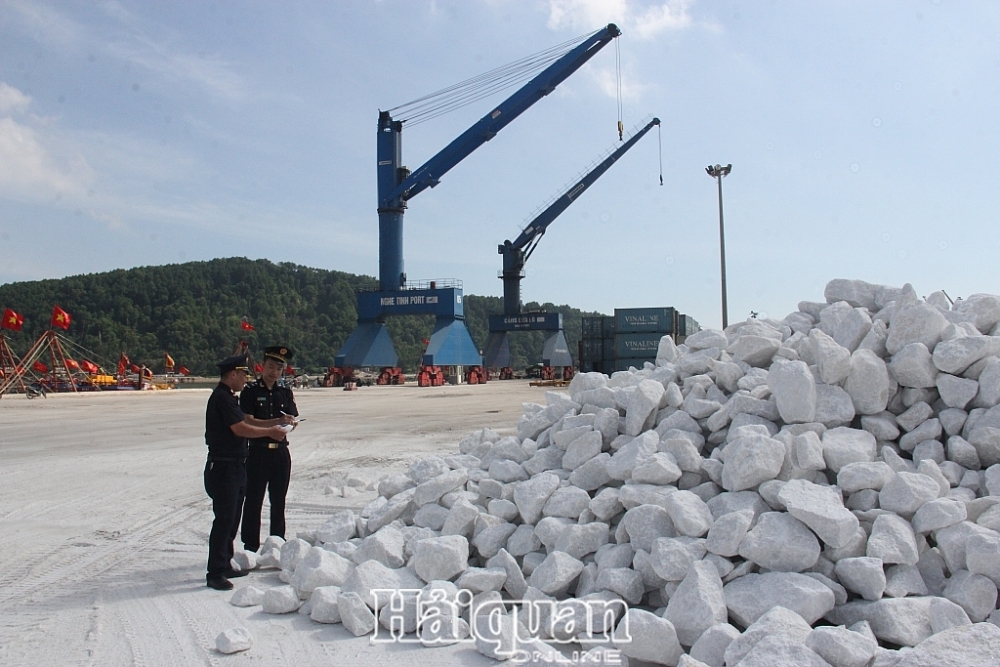
Export tax rates of 13 commodity codes to increase to 20% from January 1, 2025
13:46 | 28/12/2024 Regulations
Latest News

Việt Nam set to become regional manufacturing tech hub this year
15:53 | 02/01/2025 Import-Export

Computers, electronics and components lead imports in 2024
15:51 | 02/01/2025 Import-Export

Hardware and electronics exports rebound
13:31 | 01/01/2025 Import-Export
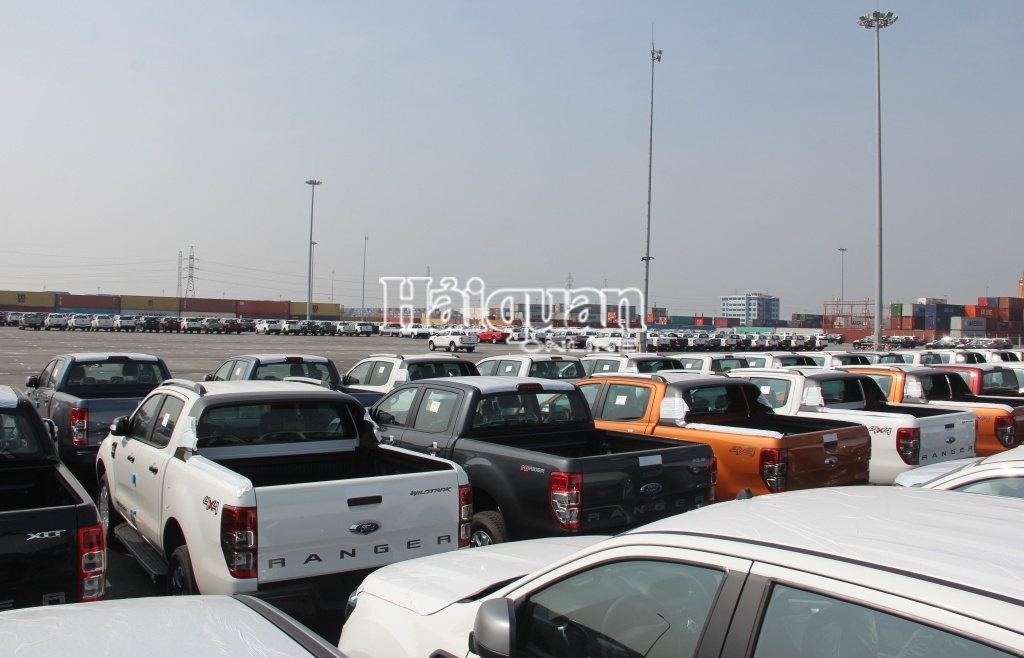
Imported automobiles show a declining trend in early December
15:30 | 31/12/2024 Import-Export
More News

Footwear industry set to gain $27 billion in export this year
15:29 | 31/12/2024 Import-Export

Rice export sets new record in 2024, but 2025 expected to be tough
15:28 | 31/12/2024 Import-Export

Lower steel export forces businesses to eye domestic market
15:25 | 31/12/2024 Import-Export
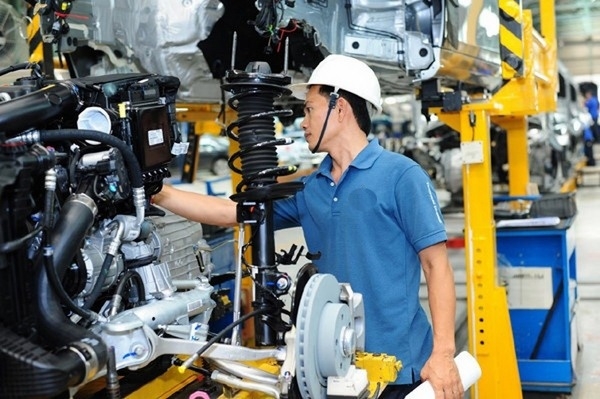
Industrial production maintains rapid and throughout bounceback
15:20 | 31/12/2024 Import-Export
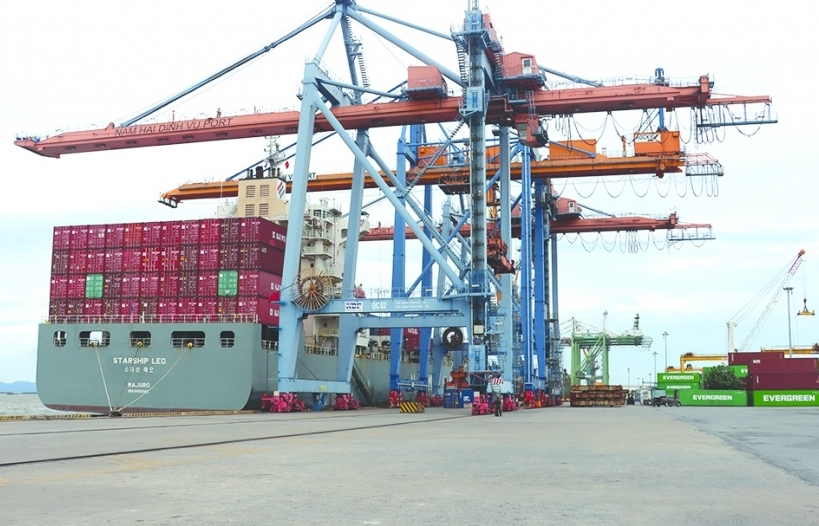
Six export commodity groups see billion-dollar growth
07:55 | 31/12/2024 Import-Export

Sustainable Green Development: New Driving Force for the Retail Industry
07:44 | 31/12/2024 Import-Export
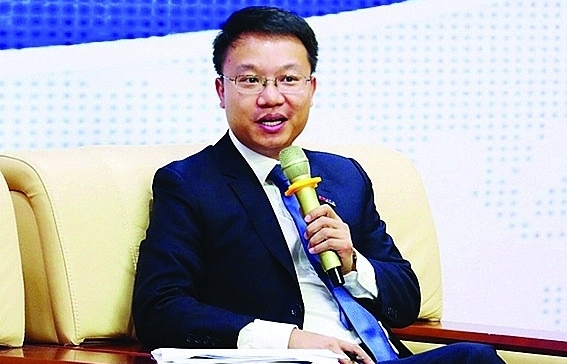
Sustainable opportunities for Vietnamese goods to penetrate the global market
13:54 | 30/12/2024 Import-Export

Top brands in Việt Nam in 2024 revealled
13:54 | 30/12/2024 Import-Export

Vietnamese catfish exports to hit $2 billion mark this year
13:52 | 30/12/2024 Import-Export
Your care

Việt Nam set to become regional manufacturing tech hub this year
15:53 | 02/01/2025 Import-Export

Computers, electronics and components lead imports in 2024
15:51 | 02/01/2025 Import-Export

Hardware and electronics exports rebound
13:31 | 01/01/2025 Import-Export

Imported automobiles show a declining trend in early December
15:30 | 31/12/2024 Import-Export

Footwear industry set to gain $27 billion in export this year
15:29 | 31/12/2024 Import-Export





